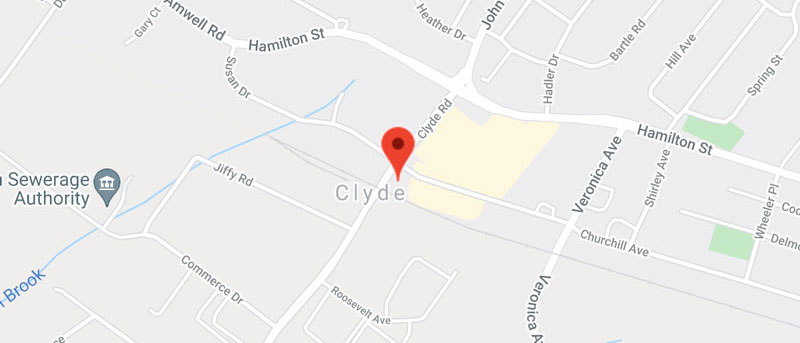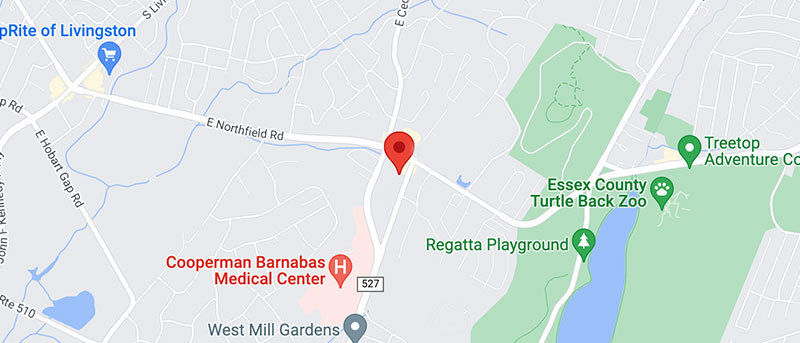Botox, Dysport, and Xeomin belong to a category of injectables called “neuromodulators” or “neurotoxins.” In their cosmetic form, they’re often used to reduce expression lines and dynamic wrinkles on the face, such as forehead lines, frown lines, and crow’s feet.
Botox, Dysport, Xeomin
What are Botox, Dysport, and Xeomin?
When injected into targeted facial tissues, they reduce muscle contractions and soften your facial lines. However, they also have numerous other uses, such as treating hyperhidrosis (excessive sweating), migraines, and spasms.
Dr. Ramesh administers Dysport, Xeomin, and Botox for a wide range of non-surgical treatments, depending on your unique goals and concerns.
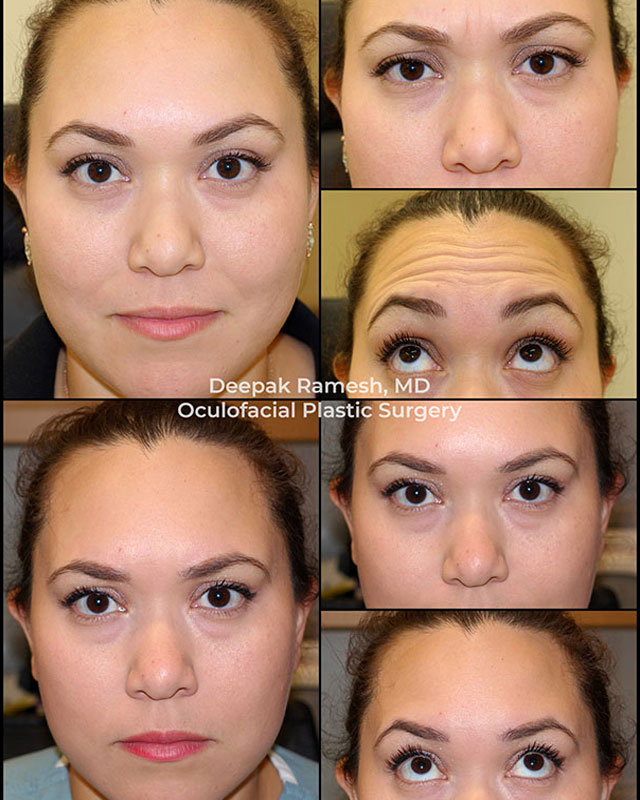
What do neuromodulators treat?
- Horizontal forehead lines
- Drooping eyebrows or eyelids
- Frown lines between the eyebrows, also known as the angry 11’s
- Eye spasms, also known as blepharospasms
- Crow’s feet and periorbital lines around the eyes
- Nasal or bunny lines around the bridge of the nose
- Droopy nasal tips
- Smoker’s lines around the mouth
- Broad lower face with overactive masseter muscles
- Neck banding
- Migraine headaches that don’t respond to traditional treatments
- Hyperhidrosis, i.e., excessive sweating
How do neuromodulators work?
Neuromodulators, such as Dysport, Xeomin, and Botox are made of a neurotoxin protein called botulinum toxin type A. This neurotoxin protein blocks communication between nerve endings and muscles. When injected into carefully targeted muscles in small doses, it temporarily prevents muscle contractions.
When injected into specific facial tissues, it prevents the contraction of facial muscles responsible for dynamic wrinkles, thereby softening expression lines. Furthermore, it can also block the muscle contractions responsible for blepharospasms and migraine headaches, thereby alleviating the symptoms of facial spasms and migraines.
What are the differences between Botox, Dysport, and Xeomin?
Botox, Dysport, and Xeomin are neuromodulators made of the active ingredient botulinum toxin type A. In most cases, they are fairly similar and produce similar results — they have minute application differences based on which the surgeon will select the ideal treatment.
However, Dysport, Xeomin, and Botox have minor differences in their structure and consistency. Botox and Dysport are extremely similar — the only major difference is that Dysport only has FDA approval to treat frown lines, whereas Botox has FDA approval for numerous areas.
Xeomin is the most different from Botox and Dysport because it doesn’t contain protein additives, making it a “naked tox.” As such, your body doesn’t develop tolerance to Xeomin after repeated treatments, making it suitable for patients who have developed a tolerance to Botox and Dysport.
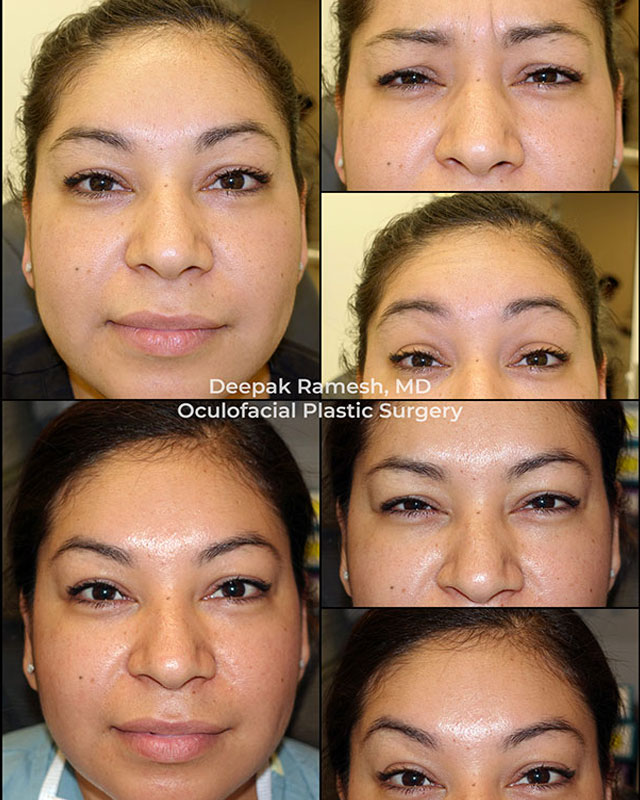

What happens during the Botox procedure?
The Botox procedure is fairly simple. Dr. Ramesh carefully examines your skin quality, reviews your medical history, and discusses your concerns to curate the ideal treatment plan. He selects the ideal neuromodulator and the appropriate dosage to address your cosmetic or medical concerns.
The targeted areas on your face are cleansed, and a numbing gel is applied to ensure comfort. Dr. Ramesh carefully delivers the appropriate Botox dosage into the targeted areas. The entire procedure concludes within 15 minutes.
What is recovery like after Botox?
Botox is a safe and painless procedure. You may experience redness, swelling, itching, bruising, and discomfort around the treatment areas for a few days. You can minimize the discomfort with cold compresses and ice packs. However, there’s no downtime, and you can resume your daily activities immediately.
When will I see the results of neuromodulators?
The results from Botox, Dysport, and Xeomin gradually appear after 3 to 7 days, with continued improvements over 2 weeks. The final results last for 3 to 4 months, following which you need maintenance treatments. Botox and other neuromodulators are lifelong treatments.
Why choose Dr. Ramesh?
Dr. Ramesh is the ideal choice for your neuromodulator treatment because he’s a board-certified oculoplastic surgeon with a keen awareness of facial anatomy. He can deliver highly targeted doses in strategically chosen areas, thereby ensuring safe and consistent results.

Contact Us
Schedule an
Appointment
BOOK NOW
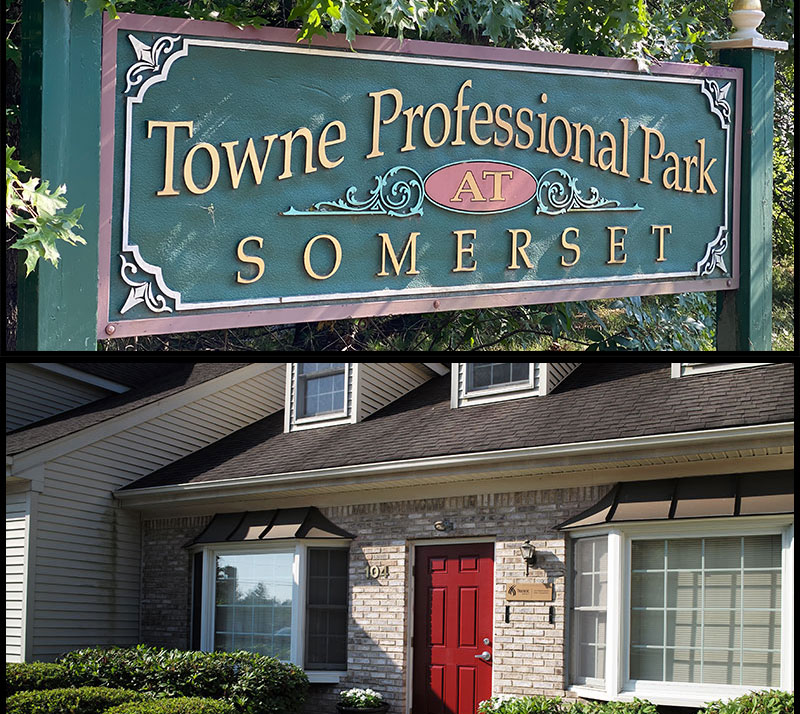
The Center for Eye and Facial Plastic Surgery
35 Clyde Road, #104
Somerset, NJ 08873
Monday – Friday: 8:30a – 4:30p
Livingston Office
22 Old Short Hills Rd Suite 202
Livingston, NJ 07039
Monday: 9:00a – 5:00p
Tuesday: 12:00p – 7:00p
Wednesday – Friday: 9:00a – 5:00p
P: (609) 608-0142
F: (855) 644-0469

